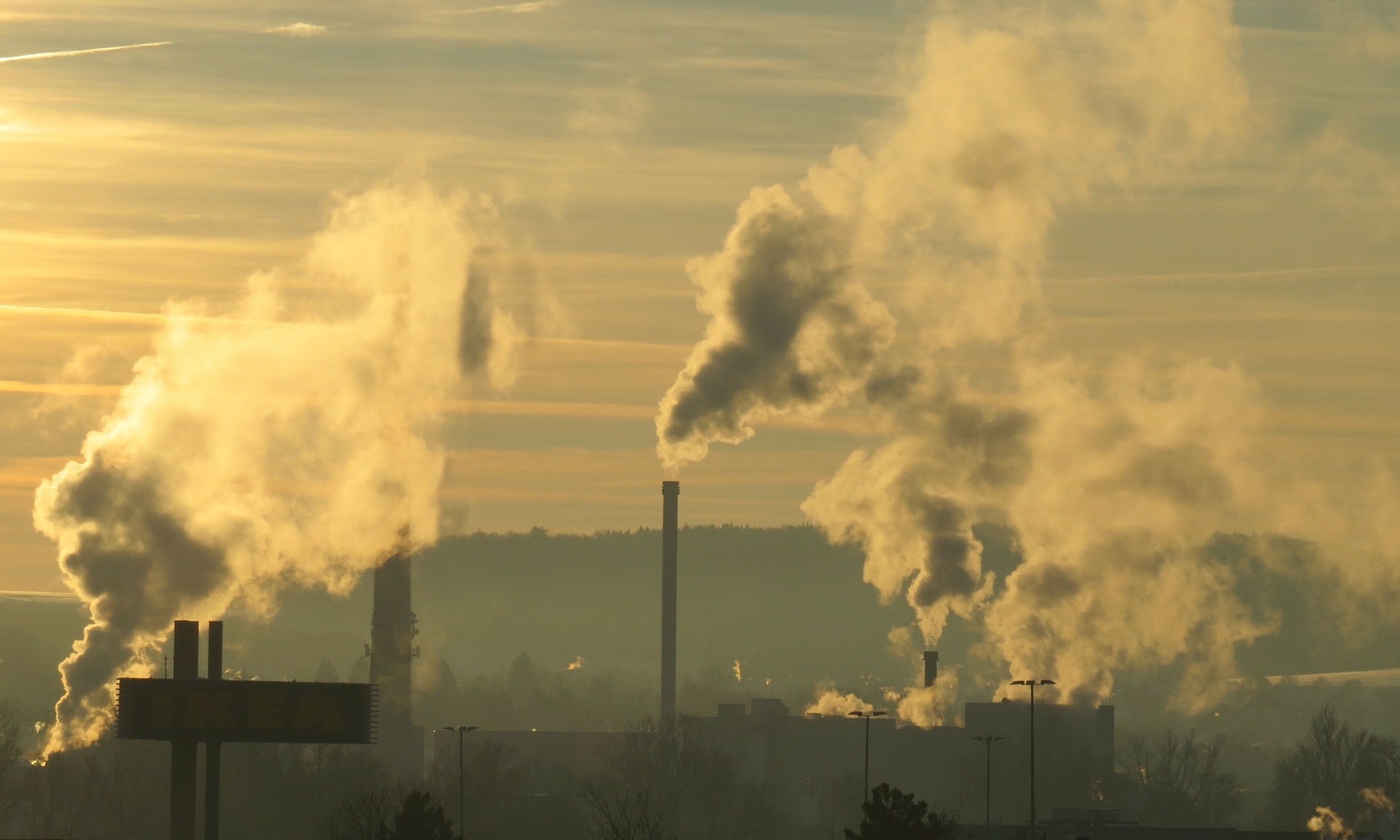Capturing thermal energy
Heat can be extracted and used in a variety of different ways, but how it happens depends on the type of heat available. For the purpose of simplifying things, we've broken it down into 4 primary categories:
Exhaust & gaseous heat
Heat in the form of flowing exhaust, such as the gas exiting a car tailpipe, is typically captured and transferred to an intermediate fluid using an exhaust gas heat exchanger or boiler. The intermediate fluid makes it easier to move the heat to where it is needed.
Liquid or steam heat
Hot water, oil and steam can be byproducts of a range of industrial processes. This is a great form of heat because it can be easily transmitted and directly used to warm, cool, or generate electricity.
Radiative (solar)
Solar thermal energy can also be captured and utilized. There are countless applications of solar heat from passive household solar water heaters to industrial scale solar thermal power generation..
Conductive
This category is a catch-all for hot surfaces that can be utilized for warming or power generation. For example, many electronics such as servers used in data centers emit heat. The heat can extracted from the hot surface into a medium that is piped to a location where it may be used.
Exhaust & flue heat
What exactly is flue gas?
Probably the most common form of high temperature industrial heat is in the form of exhaust or flue gas, which can be seen exiting in plumes from flues or stacks. This gas is generally created by burning hydrocarbon fuels. While the composition of a particular exhaust depends on the fuel and method of combustion, they are mostly Nitrogen, Carbon Dioxide, and water vapor.
Why can't I use flue gas directly?
Flue gas has a fairly low heat capacity, meaning that a pound of it doesn't really have that much heat. In most cases, the heat needs to be transferred to a liquid with a higher heat capacity (like water) or used to create steam (to make use of its latent heat). This concentrating of heat is done by using an exhaust gas heat exchanger or boiler.
How do I access flue gas heat?
The name of the game is surface area. There are numerous varieties of heat exchanger and boiler designs, but all aim to increase the surface area exposed to the flue gas. The more surface area, the more heat transfer. Tubes are the most common application, with the flue gas inside the tube and the water around it, or vice versa. Once the heat has been transferred to the liquid, it is much easier to move around for delivery to waste heat applications.
Fluid or steam
Why is fluid or steam easier to work with?
Heat contained within water and steam has a higher heat capacity than flue gas. This concentration makes it cheap and easy to move the heat from the source to the demand. Steam in particular is useful because it takes advantage of latent heat. As heat is taken from the steam, it remains the same temperature (it just turns from steam to water), which is great for heat recovery applications.
How is fluid or steam moved around a site?
Heat can be piped for direct use by a heat demand. For hot water, thermal oil, and other fluids, pumps can carry the heat through insulated pipes for long distances without incurring significant temperature loss. Steam can also be transmitted long distances without the need for pumps, saving on electricity. The heat can be piped directly to a radiator to heat up rooms or buildings, a generator to create electricity, or an absorption chiller to create cooling. Note that water can be transmitted above it's boiling point (100C) through pressurization.
Examples
Fluid and steam are often the result of using a heat exchanger on a flue gas system. However, there are cases where excess heat is available in steam and hot water systems. One example is if a steam generator produces steam at a higher pressure than a building requires. Instead of losing the energy to reduce the pressure of the steam, the energy can be converted into electricity using a pressure reduction turbine.
Radiation
Solar thermal energy has become increasingly popular in some areas as a means to convert the sun's heat into electricity. There are other forms of radiative heat, but we haven't seen many heat uses for it because the quantity of the radiative heat must be quite large.
Solar thermal systems work by concentrating the sun's heat into a single column of fluid or many pipes with fluid running through them. The heat turns the fluid into a vapor that can spin a turbine generator to create electricity.
On this site, we won't focus too much on solar thermal energy because it is more suited for large, utility scale projects that require much more engineering to quantify. Another challenge with solar thermal is that the capacity factors are typically ~20%, whereas many other heat sources are >80%.
Conductive Surfaces
What is it?
Heat can be utilized directly from the surface of hot items or appliances. This is more commonly found in smaller applications compared to heat recovery from exhaust streams or hot fluids. We won't get into too much detail on this site for using hot surface temperature heat as it's a bit more complex to calculate the quantity of and typically small scale.
How can the heat be captured?
Fluids can be piped across hot surfaces to then be used in another area with a heat demand. For example, heat from large servers or other electronics can sometimes be transferred to a fluid. In some cases, this can displace fan cooling, which requires additional electricity.
Hot surfaces for power generation
Heat can also be taken directly from a hot surface into a thermoelectric generator to create electricity. There are fans with thermoelectric devices within them that are meant to sit on top of a hot stove and distribute the heat emanating from the stove. The fans (check out an example here) run entirely on the heat from the surface of the stove.
Check out our Calculator to see how much heat you have available and what you can do with it.








